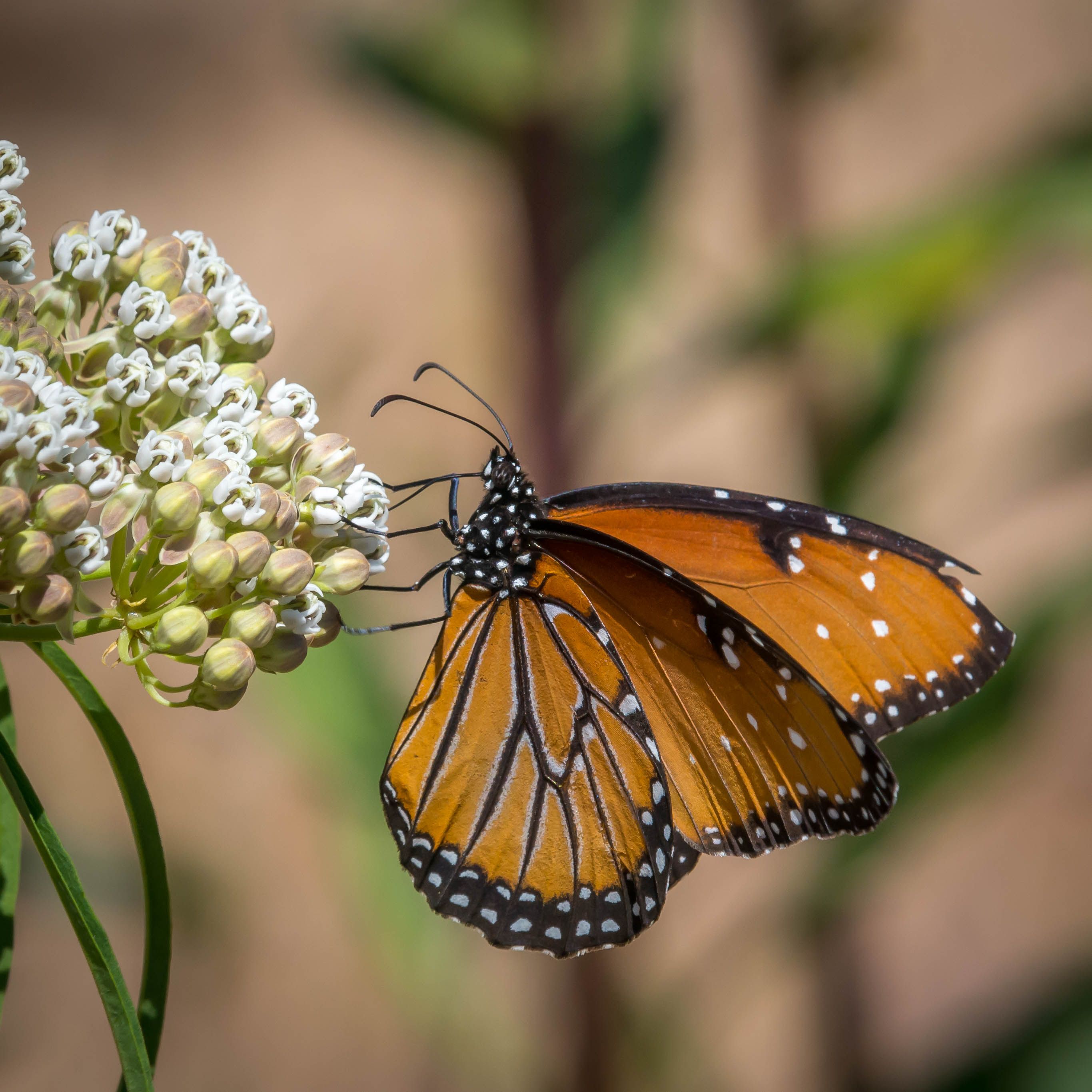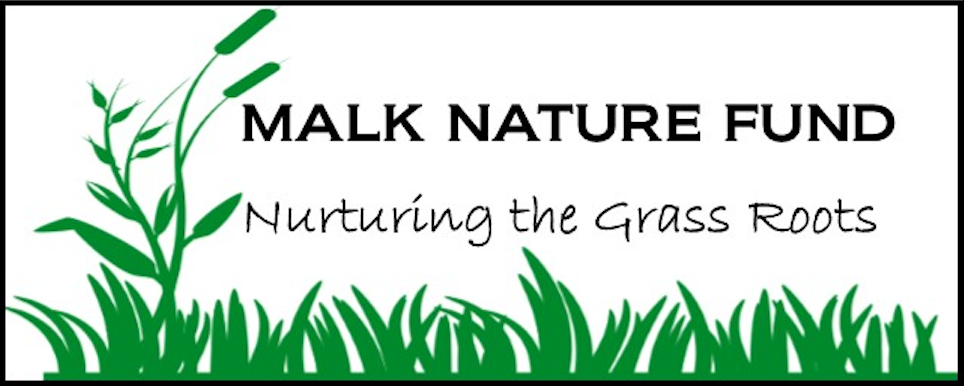
Today is Western Monarch Day. Monarchs arrive in California around mid-October and stay until early February. They can typically be spotted around San Diego parks and private gardens.
Unfortunately, the monarch population coming to San Diego has decreased considerably over the recent years. The good news is, though, that there are things we can do as individuals, from creating habitats in our yards and windowsills to lobbying our elected officials, to help.
The bad news, though, is that you may need to rip out the milkweed plants you bought from your local nursery.
Wait, I thought milkweed was supposed to help!? You’re not wrong. In fact, monarch caterpillars do only eat one plant, and that one plant is milkweed. However, many yards around the region have been landscaped with the non-native tropical version. And while the plant looks pretty year round, it’s doing more harm than good.
Why? Tropical milkweed doesn’t die back during the winter. That allows protozoan parasites to multiply on the plants, which then sicken monarch caterpillars when they hatch. Scientists believe it sickens and weakens them as they grow to adulthood, messing up their migration patterns, mating success, flight ability, and lifespan.
Back to the good news though - your efforts as an individual can make a huge difference. In fact, home gardeners play a critical role in the survival of the Western Monarch! Here are four things you can do:
- Grow native milkweed. Not sure where to find some? Stop by our booth next time you see us out and about, or visit one of our Native Seed Libraries!
- Make sure it’s organic. Milkweed is a magnet for bright orange aphids, so wholesale growers often used pesticides that will be toxic to any caterpillars that eat them. Seek out organically grown plants to ensure yours is safe.
- Plant other nectar flowers. While caterpillars only feed on milkweed, adult monarchs will happily sip the nectar from many types of flowers. Consider adding black sage, sunflowers, seaside fleabane, or native buckwheat to your yard or window box.
- Avoid the use of pesticides or herbicides once you get your milkweed home and planted.
Learn more about how native plants can help our precious pollinators HERE!














